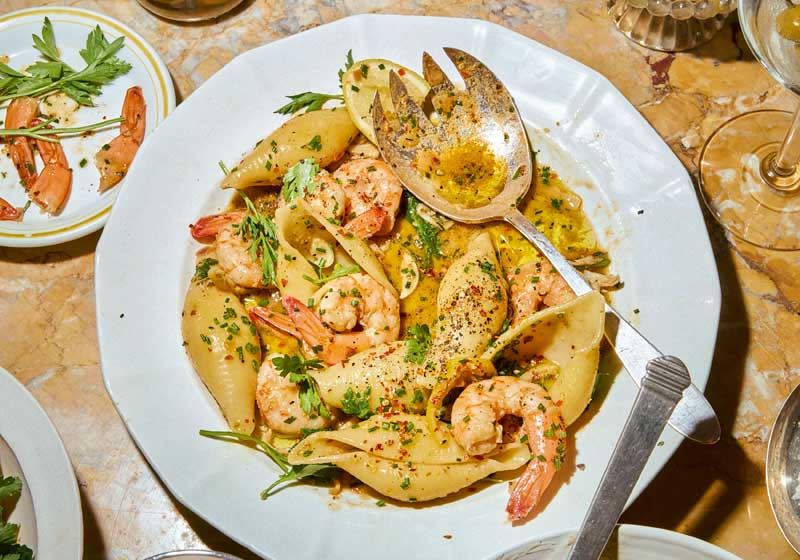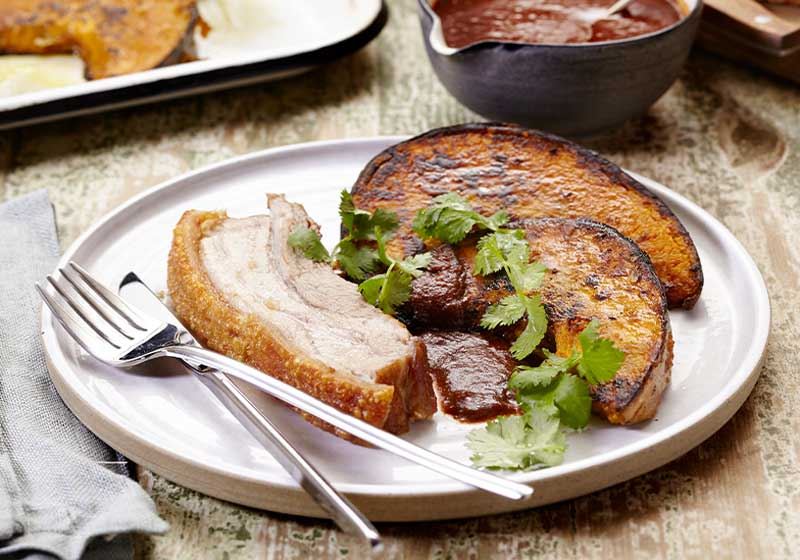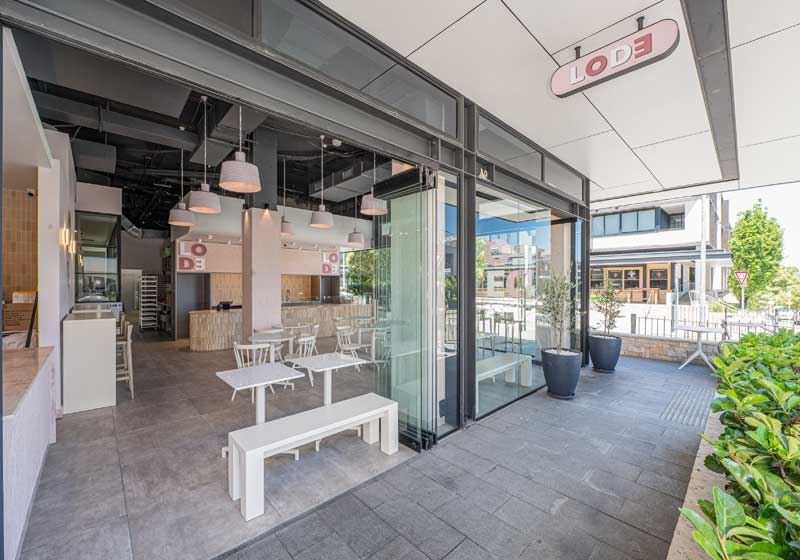By Leigh O’Connor.
In cities like Rome, Venice or Florence, beauty is obvious. It’s an exact match to the postcards and the social media posts and the takeaway is pretty much the same for everyone.
You can delight in these places even as a passive observer, but not Sicily – nobody’s a bystander here. If you’re here, you’re in the game.
So writes Victoria Granof in her latest cookbook, ‘Sicily, My Sweet’ – a love letter to the iconic and often over-the-top desserts of Sicily from one of the great tastemakers in the food world.

When Victoria landed in Catania for the first time, it was to the aroma of coffee, almonds, lemon and cinnamon and somewhere in her sense memory, it smelled like home. This was when she fell in love with Sicily in all its maddening, delicious, surreal glory.
Named as one of the most creative and inspiring women in food by Cherry Bombe and a woman to follow by The Spruce Eats, Victoria is one of today’s most visionary and vibrant culinary artists and this is a very personal book about the place she loves and the sweet things she discovered there.
Gathering dozens of traditional recipes from convents, pastry shops, family, friends, friends of friends and others she has created in the spirit of this bewitching place, Victoria hopes to honour the rich heritage of Sicilian sweets, while showcasing the innovation of more recent years.
Sicilian pastries are fanciful, lush and brash. They are celebratory, superstitious and some of the most show-stopping desserts around. Luckily, they are also quite easy to make at home now that Sicilian pistachios, almonds, flour, chocolate, sheep’s milk ricotta, jasmine water, fragrant lemons and fennel are easier than ever to procure.

We have three recipes to share for AGFG readers to make at home:
Take the ferry from Milazzo and the first of the Aeolian Islands you’ll reach is Lipari. It’s also the largest and the most populated island and the one from which a number of very good and very symbolic pastries come.
Spicchiteddi are soft, not too sweet and fragrant with warm spices, black pepper, and mosto cotto, or grape-must syrup. Although everyone has a different way of forming them, they always have spirals and exactly two whole blanched almonds per cookie. It is said that they ward against the malocchio, or evil eye, like so many things in Sicily do.
The moustokouloura of Greece is a nearly identical recipe, also made with mosto cotto. Could this again be the work of Archimedes and his spirals? Or are they fashioned after the Norse triskele and brought down with the Normans in the 10th Century? In whichever way they got here, they are soft, spicy and delicious. If you don’t happen to have mosto cotto at hand, Middle Eastern grape syrup or Greek petimezi make a fine substitute and are readily available in international markets.

This is a cake you’ll find in pasticcerie throughout Sicily. Even though it’s generally the only chocolate cake you’ll see, for some reason it is always identified by the word Savoia written in icing on top. Torta Savoia is said to have been created in honour of the Duke of Savoy, to celebrate the unification of Italy and the Kingdom of Sicily in 1861, with hazelnuts from Piemonte - the seat of the House of Savoy - together with chocolate from Sicily.
This recipe is a bit fussy, but so was the unification.

After spending the morning with Victoria at a very special pistachio orchard at the base of Mount Etna, the orchard’s owner, Luigi, insisted they pay a visit to the Pasticceria F.lli Gangi in Bronte, where they use strictly Bronte pistachios and only from his orchard, in all their sweets.
"He called ahead and by the time we arrived, there was a cavalcade of pistachio-based pastries, drinks, gelati and cremolata waiting for us. With the pistachios I brought back from Bronte, I created my rendition of their cremolata,” she explains.
Full of gorgeous food and location photography, warm and witty headnotes and expert recipes, ‘Sicily, My Sweet’ is sure to transport and delight.








